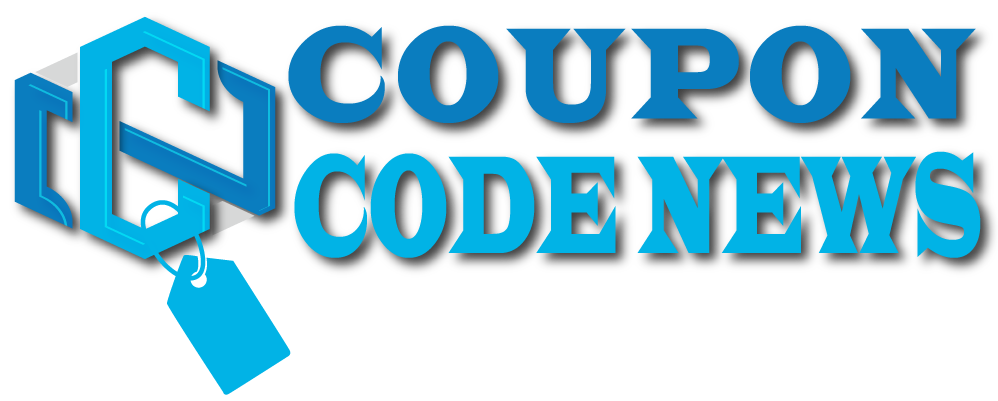Drafting Emails with Proper Structure and etiquettes
Summary
Drafting Emails with Proper Structure and Etiquette
What You’ll Learn:
- Importance of Written Communication:
- This course emphasizes the critical role that written communication plays in professional settings. Mastering written communication, particularly through emails, is essential for clear, effective, and professional exchanges.
- Writing Email using DREP Process:
- The DREP (Draft, Review, Edit, and Proofread) process is introduced as a systematic approach to crafting emails. This method helps ensure that emails are well-constructed, clear, and free of errors, thus increasing the likelihood of receiving timely and positive responses.
- Email Etiquettes:
- A significant part of the course is dedicated to teaching proper email etiquette. This includes guidelines on the tone of communication, the use of formal versus informal language, and best practices for addressing and signing off emails. Understanding and applying these etiquettes can help maintain professionalism and build positive relationships in the workplace.
- Email Structures:
- The course provides detailed instructions on how to structure emails effectively. This includes how to organize the content, how to write compelling subject lines, and how to ensure that the message is clear and concise.
Requirements:
- A basic understanding of email structures is required for this course. Participants should be familiar with the general components of an email, such as the subject line, greeting, body, and signature.
Description:
This course is designed to enhance participants’ email writing skills, focusing on both structure and etiquette. It provides a comprehensive guide on how to draft professional emails that are clear, effective, and polite. The course covers various aspects of email communication, from understanding the importance of written communication to mastering the DREP process.
Participants will learn how to structure their emails to ensure clarity and effectiveness. The course also addresses the nuances of email etiquette, teaching learners how to maintain a professional tone and avoid common pitfalls in email communication.
By following the processes and guidelines discussed in the course, participants can improve their email drafting skills, resulting in more effective communication and higher response rates.
Who this course is for:
- The course is suitable for any professional or fresher looking to understand the nuances of email communication. Whether you are new to the professional world or looking to refine your existing skills, this course offers valuable insights and practical tips.
Course Content:
The course is divided into three main sections, comprising 11 lectures with a total duration of 2 hours and 9 minutes.
- Understanding Communication:
- Lecture 1: Understanding Communication (09:38) – This lecture introduces the concept of communication and its importance in professional settings.
- Lecture 2: Pillars of Communication (14:25) – This session delves into the fundamental elements that make up effective communication.
- Lecture 3: Written Communication (10:13) – Focuses specifically on the written form of communication, highlighting its significance and challenges.
- Lecture 4: Understanding Communication- Conclusion (02:12) – Wraps up the first section with key takeaways.
- Email Writing:
- Lecture 5: Email Writing- Introduction (04:24) – An introductory lecture that sets the stage for the email writing section.
- Lecture 6: Email- A Powerful Tool (10:28) – Discusses the power of email as a communication tool in the professional world.
- Lecture 7: Email Communication (10:38) – Provides an overview of effective email communication strategies.
- Lecture 8: Email Structure (19:19) – Detailed guidance on how to structure an email for maximum impact.
- Lecture 9: Email Structure Part 2 (25:41) – Continuation of the previous lecture, offering further insights and examples.
- Email Etiquettes:
- Lecture 10: Email Etiquettes- Part 1 (13:16) – Covers the basics of email etiquette, including tone and formality.
- Lecture 11: Email Etiquettes- Part 2 (09:27) – Concludes the course with additional etiquette tips and best practices.
In summary, this course is a valuable resource for anyone looking to improve their email communication skills. By focusing on structure and etiquette, participants can learn to draft emails that are professional, clear, and effective, ultimately enhancing their overall communication in the workplace.
What You’ll Learn
- Importance of Written Communication
Requirements
-
Basic Understanding on Email Structures
Description
This course primarily covers how an email has to be structured and what is communication style followed while writing emails, It also deals with various email etiquettes which has to be followed during sending or receiving emails in a professional environment.
The process which is discussed in the program can be used as a drafting tool and help you build effective emails and have more response rate.
Who this course is for
- Any professional or fresher looking to understand Email Nuances










